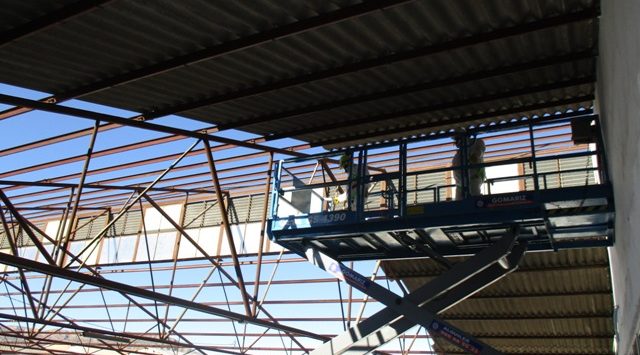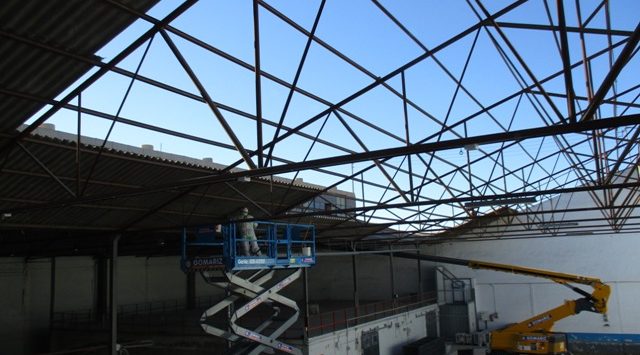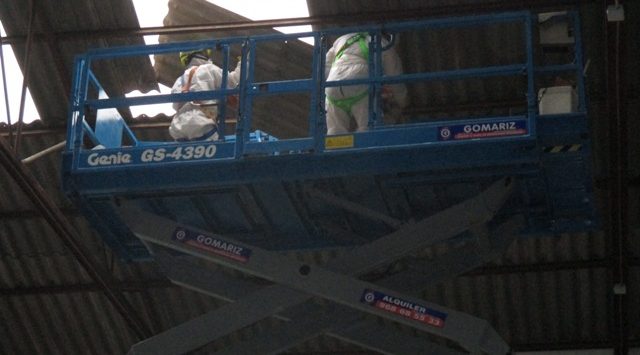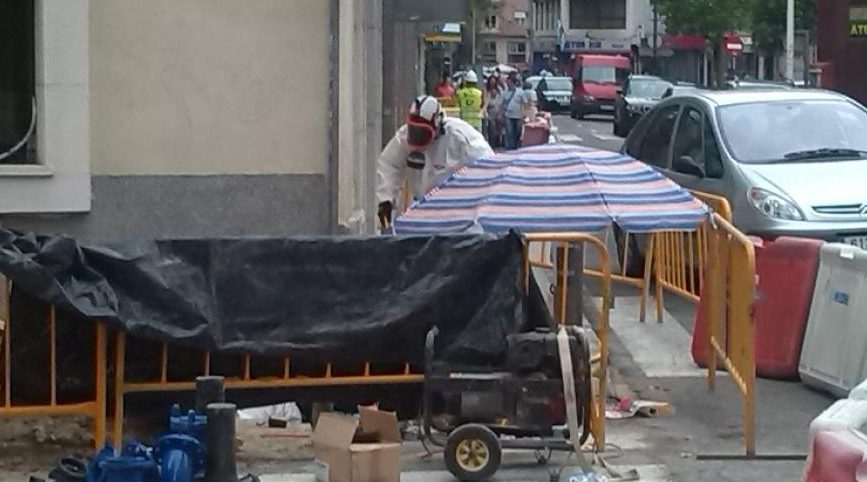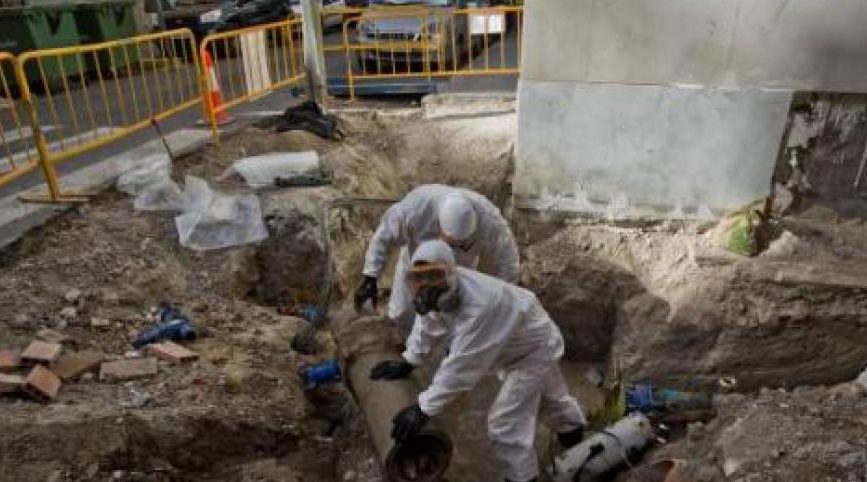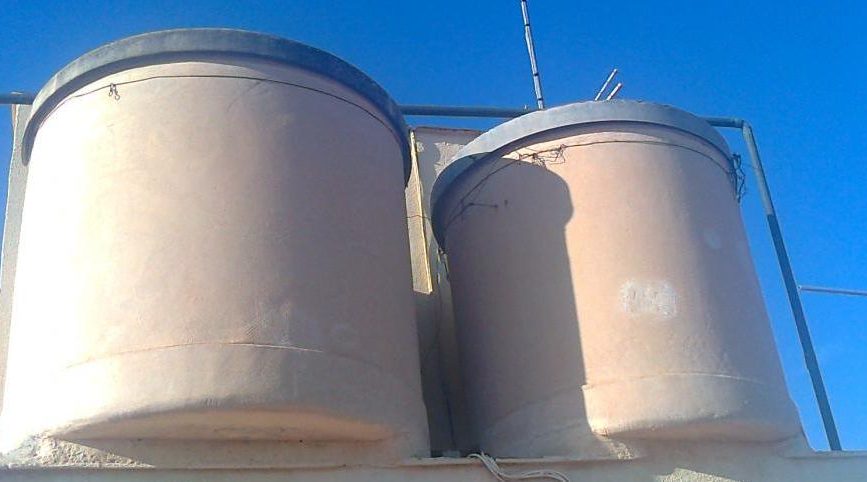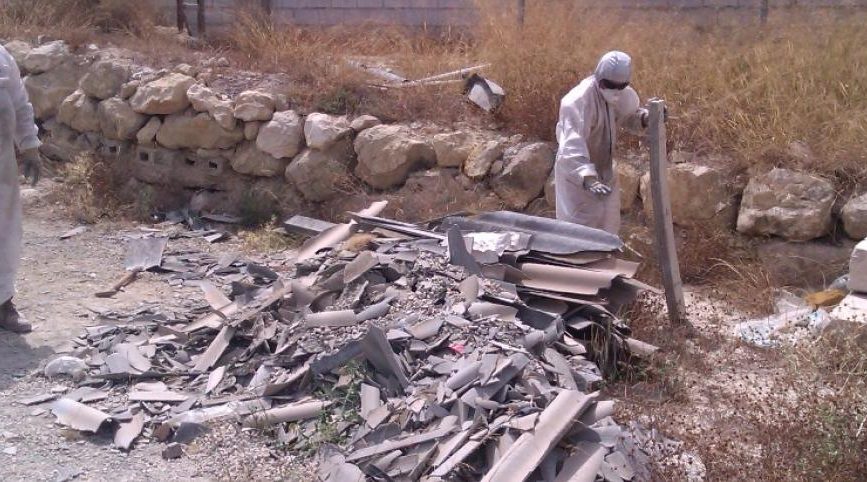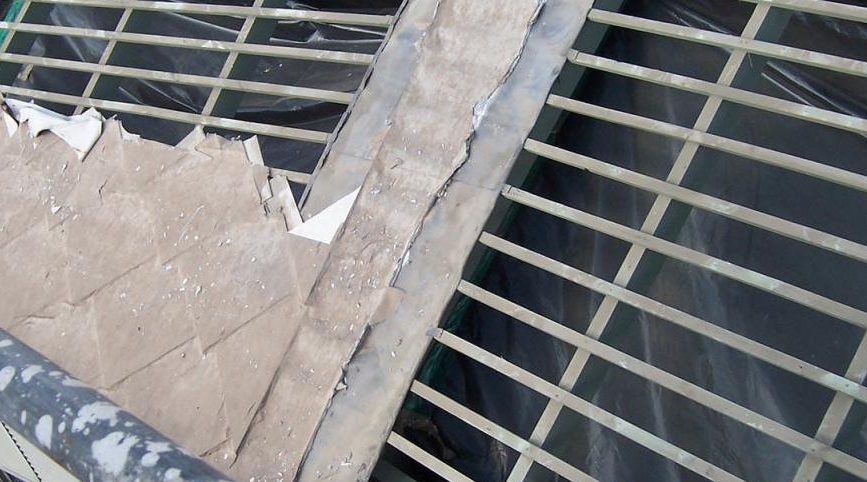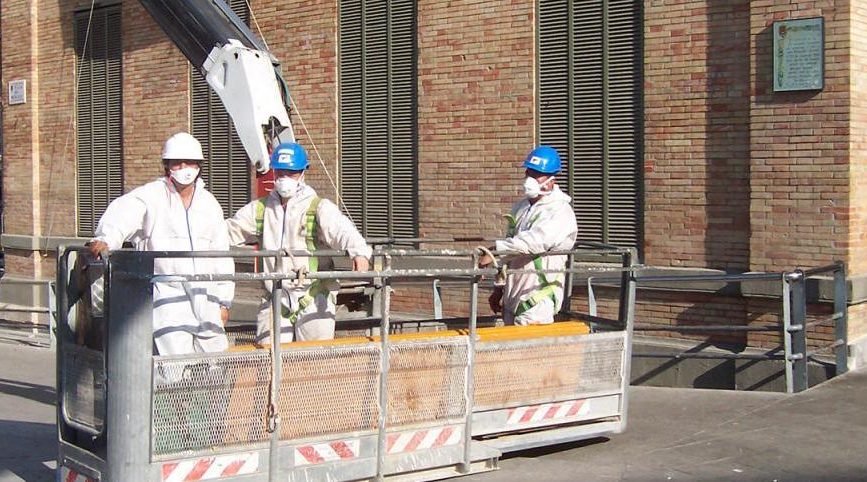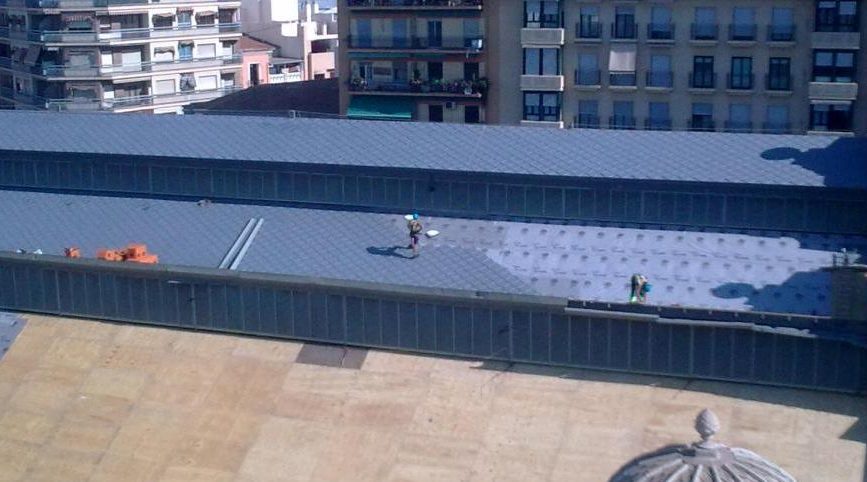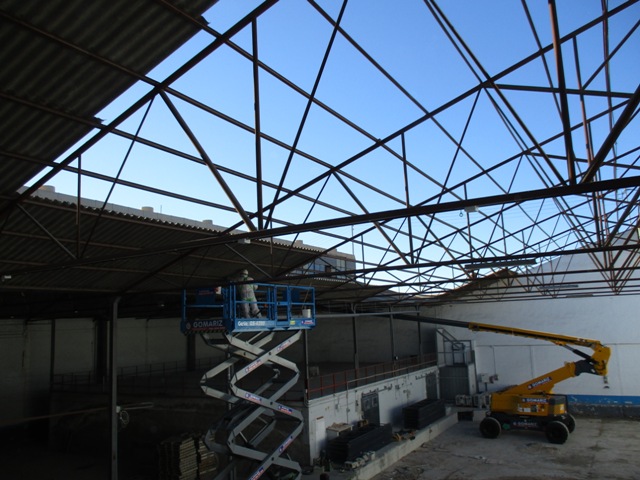
24 Mar WORKING WITH ASBESTOS, FIBRE CEMENT, URALITA
Esclapes e Hijos S.L. is a company which specialises in jobs where potentially hazardous construction materials are handled, including asbestos, fibre cement and those collectively known under the trade name Uralita.
Very dangerous for health
Jobs that pose a health hazard require extremely restrictive handling and work measures to minimise the potential danger to personal and public health. In this post we want to address the issue of handling asbestos and fiber cement (Uralita).
The first thing to take note of is “NOT EVERYONE IS PREPARED TO MANAGE ASBESTOS, FIBRE CEMENT AND URALITA.” Such unregulated management poses a serious health risk.
Why is asbestos dangerous?
Asbestos is considered a carcinogen, that is an external physical, chemical or biological agent capable of producing cancer, in a similar way to tobacco.
Asbestos was used as a component in the manufacture of fibre cement, a construction material marketed in Spain by the company Uralita. The popularity of this material and the success of this company’s marketing resulted in the materials becoming commonly referred to as “Uralita.”
Respiratory risks
Being composed of microscopic fibres, handling this substance can cause dust to become air-borne, causing a respiratory risk. In addition these fibers can stick to clothing increasing the risk of being inhaled.
However, we must not be too worried and anxious in the presence of asbestos, since simply being in the presence of asbestos does not pose a health risk; it is only when contact is prolonged and the fibres are manipulated that they are released into the air and become easily inhaled.
When should we worry?
As we have said, risk occurs only when the material passes into the air. The most common cases in which this situation arises is in demolition work, when it is cut, bored, ruptured or when the material is very old.
What are the health repercussions?
The diseases that these materials can cause affect the respiratory system.
Lung cancer is the deadliest of the diseases affecting people exposed to asbestos.
Malignant mesothelioma is another common disease related to asbestos handling. It is another type of cancer but, in this case affecting the pleura and peritoneum. It usually occurs in people who have been exposed to asbestos for work reasons, although symptoms may not appear until 20 or 30 years after exposure. There is no cure for this disease and after detection the average life expectancy is only nine months.
Asbestosis is a disease directly associated with asbestos exposure. It consists of the development of pulmonary fibrosis after asbestos inhalation. As with malignant mesothelioma, asbestosis develops over a number of years and the symptoms are respiratory distress that worsens as the disease progresses, dry cough and tightness in the chest.
What measures have been taken?
From a legislative point of view, the use of asbestos was completely banned in Spain in December 2001, although some varieties were banned beforehand, such as blue asbestos in 1984 and brown asbestos in 1993.
Asbestos was still being used in construction before the ban.
Where can asbestos be found now?
Although, as has already been stated, asbestos is prohibited and policies and campaigns have been carried out to facilitate the gradual replacement and elimination of asbestos from our buildings, asbestos, fibre cement and / or Uralite remains in our environment. They are present in components such as old downpipes, water supply pipes, cover plates, as well as numerous other building components.
What can be done to remove, handle or replace construction components containing fibre cement?
You must always hire a company which specialises in the removal of asbestos, fibre cement and Uralita, to ensure a professional, safe job free from contamination.
In addition, you must consider waste management, which involves its treatment and storage in an authorised landfill.
Esclapés e Hijos, S.L. offers the service of complete management of the treatment of asbestos, fibre cement or Uralita which is required in works, reforms or maintenance. We have qualified technicians and operators trained in prevention for asbestos-related work, for its effective management and execution of this type of work.
All our services are properly documented. We offer these services in the execution of our work with respect for the environment, and in compliance with health and safety regulations for workers and third parties.
Our company is registered in the Register of Companies with Risk of Asbestos (R.E.R.A.) con el nº 03/073.
Among other things, we specialise in the removal, disassembly and disposal of:
- Fibre cement plates.
- Protection against fire.
- Water pipes and reservoirs.
- Acoustic panels, insulation, vinyl tiles, paints.
- Light partition, mortar, cardboard – asbestos.
- Insulation in ships,trains, etc.
The services offered by our company are the following:
- Study and analysis to determine the presence of asbestos.
- Authorised management of asbestos removal.
- Development of asbestos removal work plans.
- Environmental measurements and personal sampling of workers.
- Health and safety management.
- Environmental management. Landfill transportation and management.
For more information on our professional experience in handling asbestos, fibre cement and / or Uralita, we invite you to view our work, either in our public works with asbestos section by clicking here or in our private works with asbestos section by clicking here.

